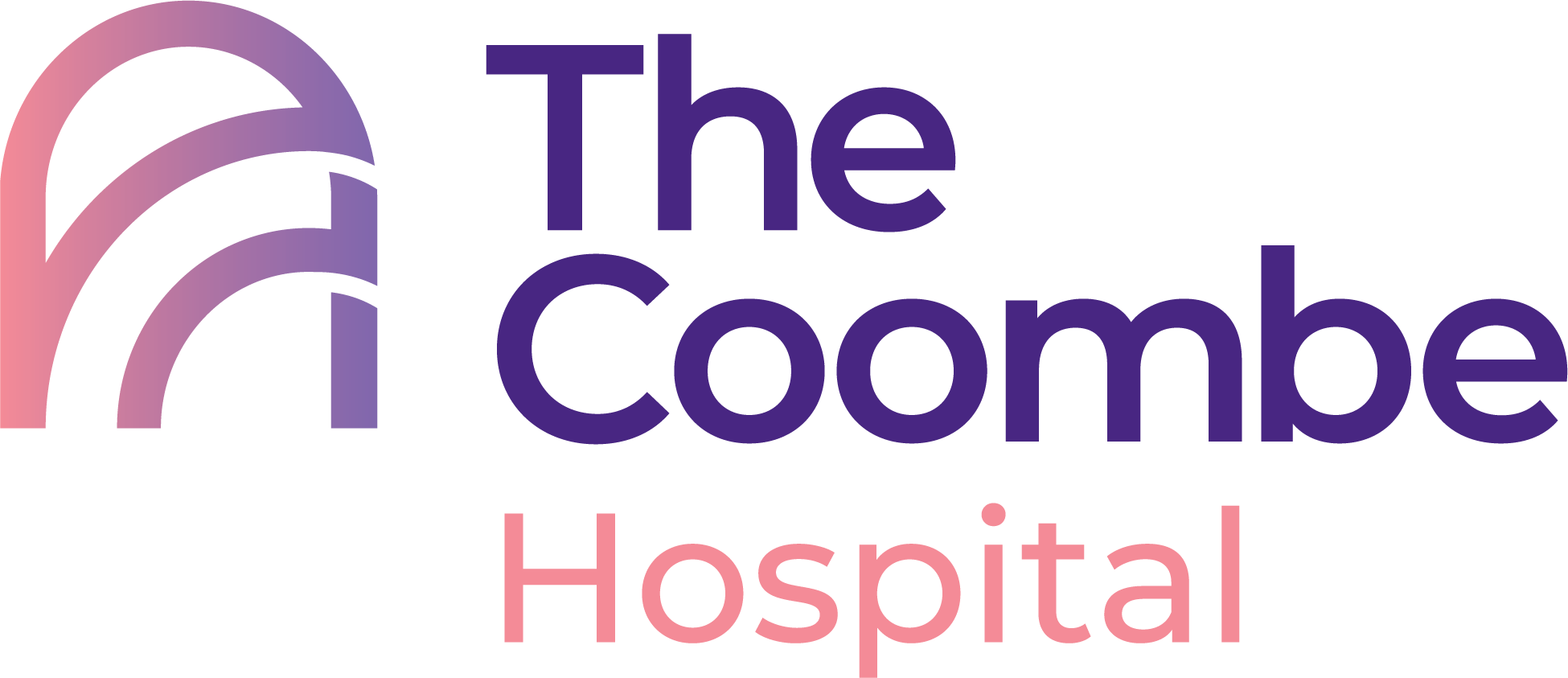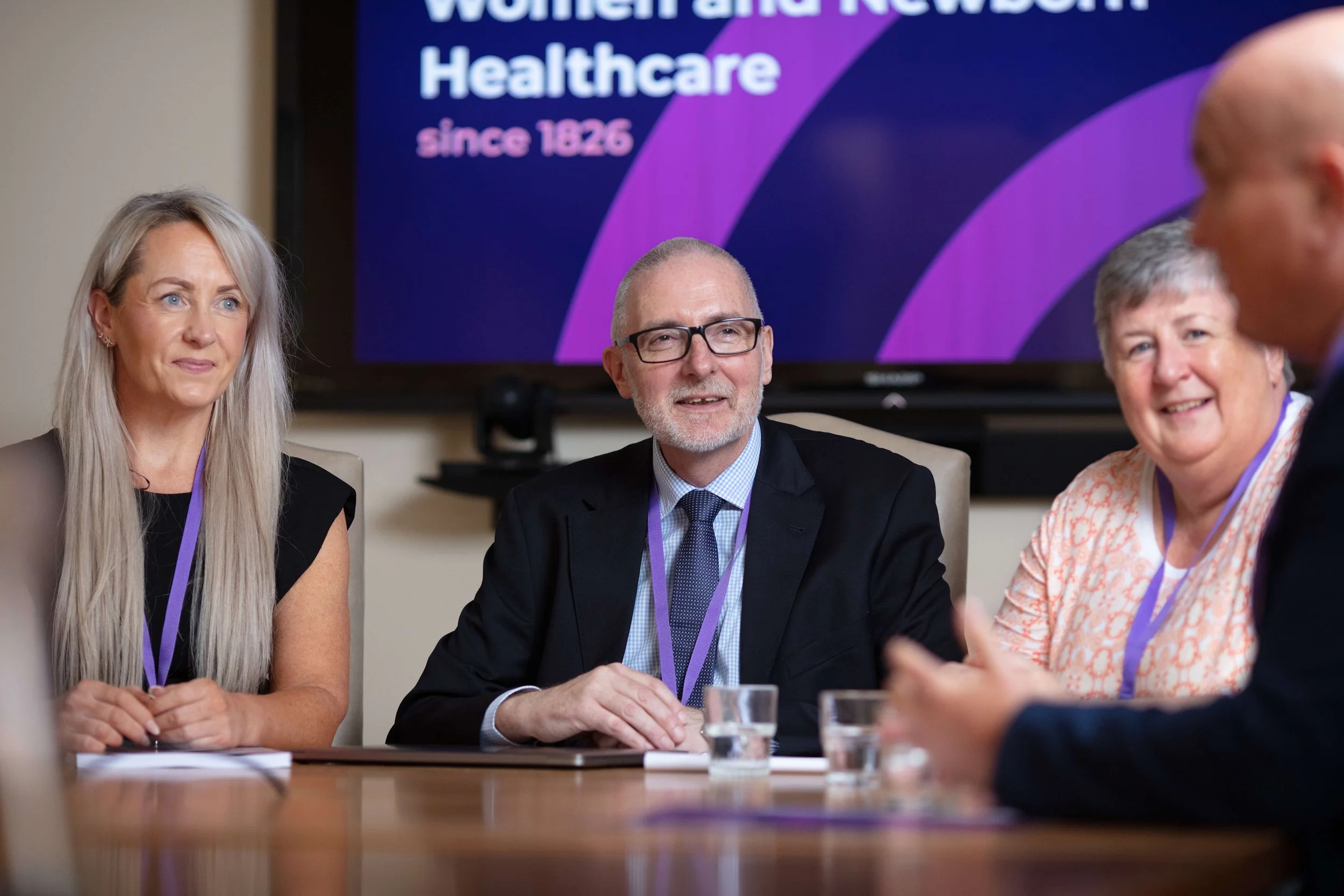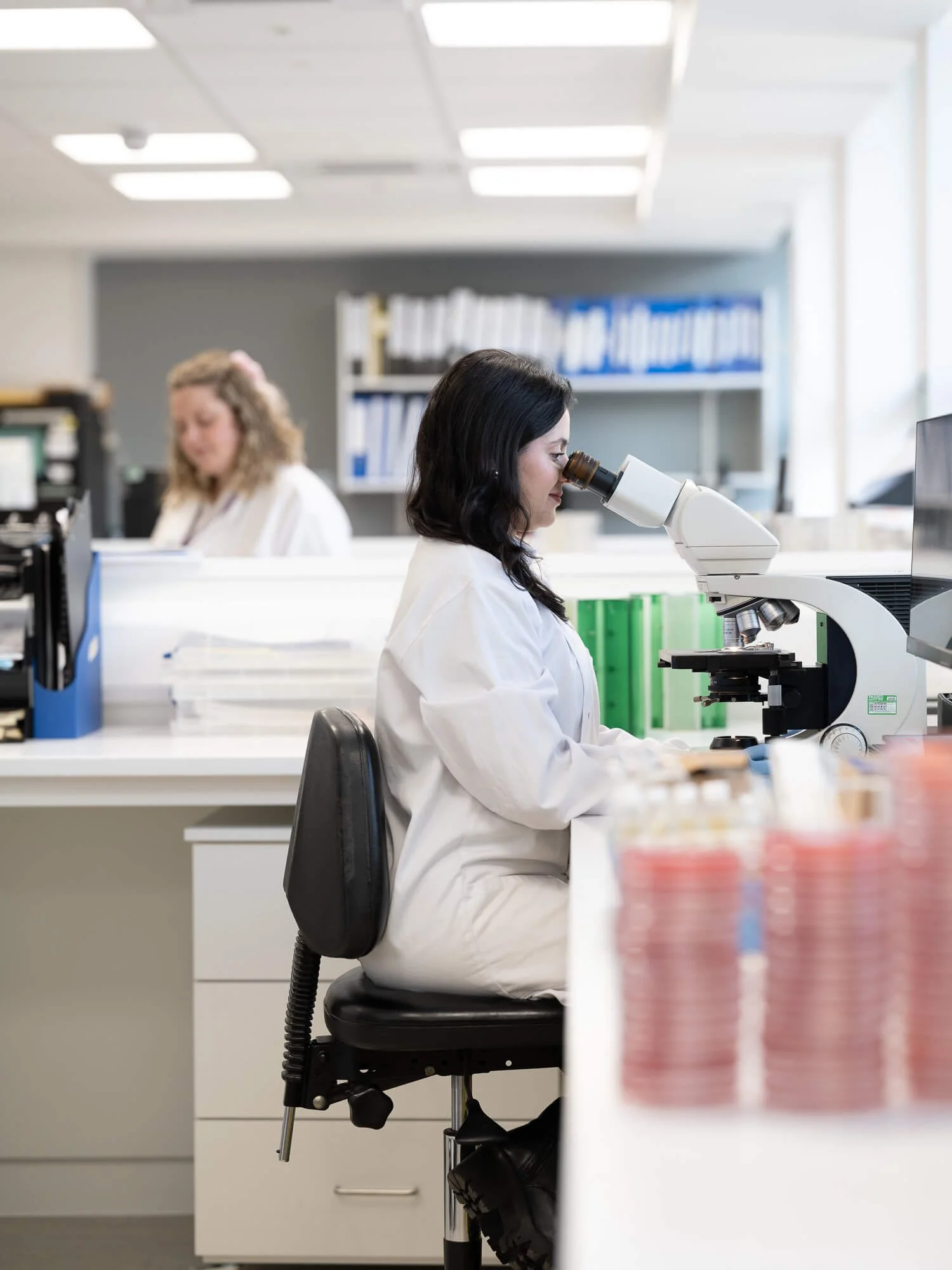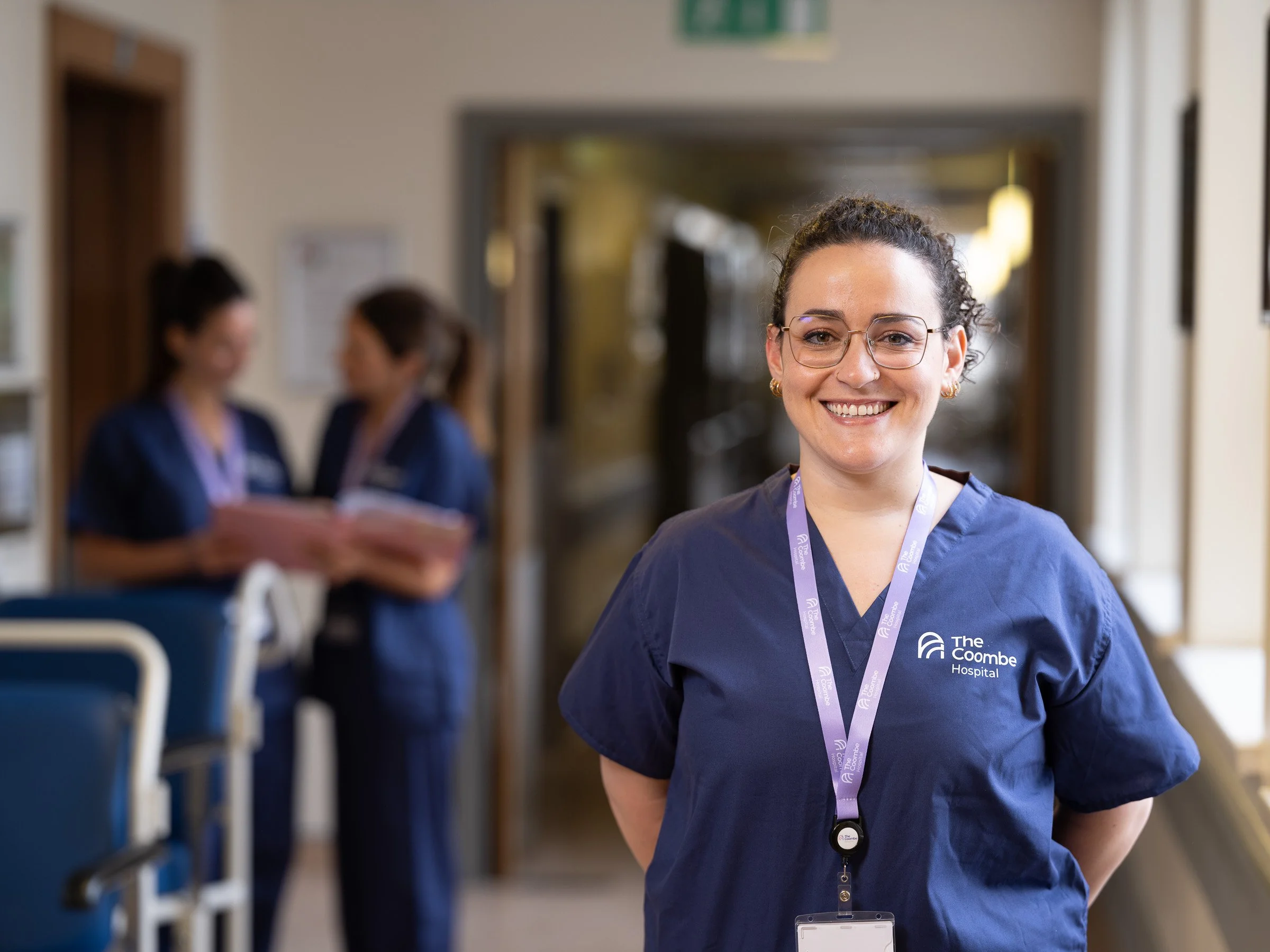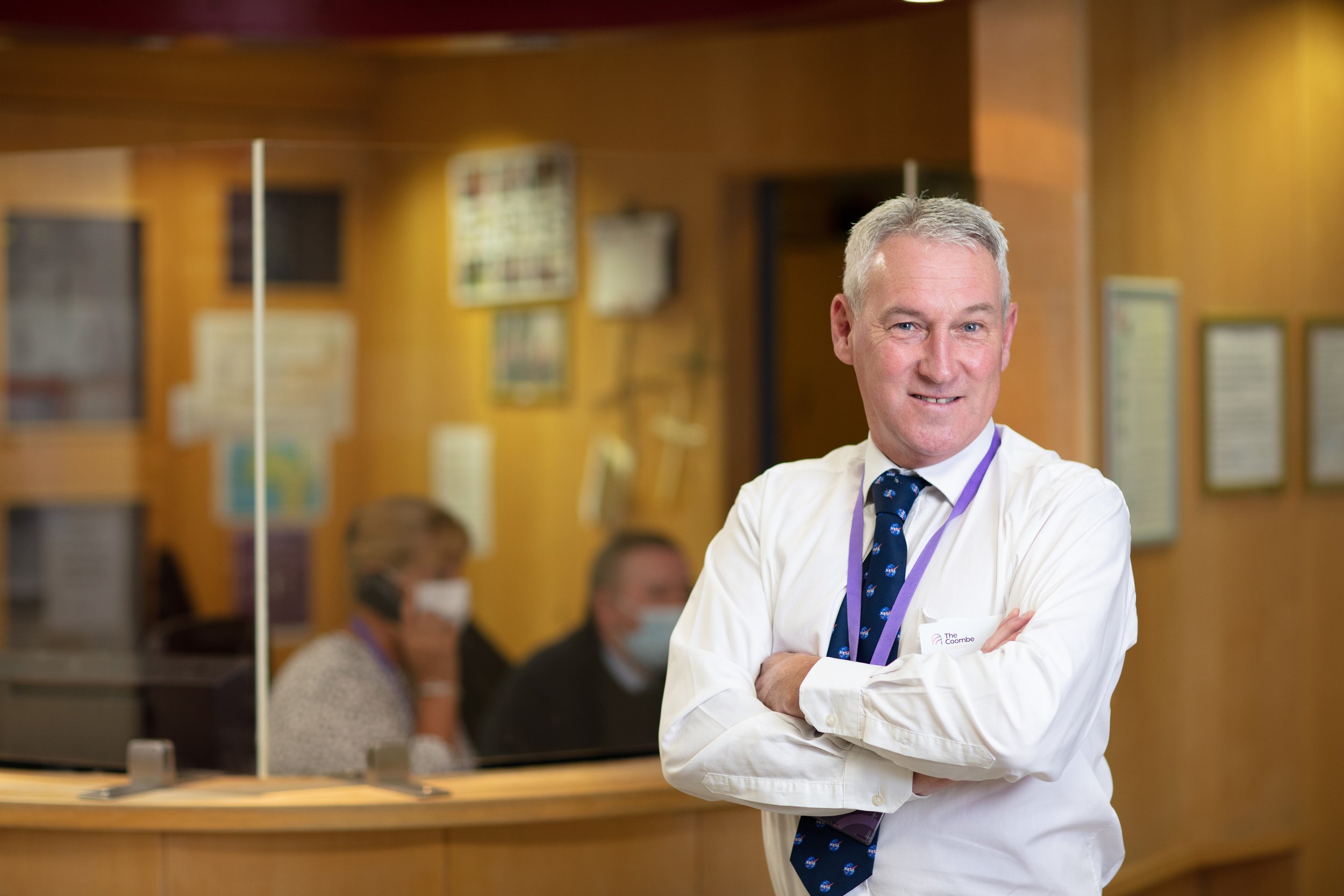
Tragic Origins & Vision of Margaret Boyle
The story of The Coombe Hospital originates in the harsh winter of 1825, when two pregnant women struggled across Dublin in an effort to reach the Rotunda Hospital on the city’s north side. Overcome by a snowstorm near Thomas Street, both mothers and their newborns tragically perished. News of this event caused widespread outcry. A group of concerned citizens—led by Mrs Margaret Boyle—banded together to ensure that vulnerable pregnant women would never again have to endure such dangerous conditions to receive obstetric care.
1826 - From Humble Origins
Margaret Boyle
In 1826, Margaret Boyle purchased and repurposed the vacated Meath Hospital building in the Coombe area of Dublin’s Liberties, founding what was then called the Coombe Lying-in Hospital. The new maternity facility officially opened its doors in 1829. While records of her life are few—she has no dedicated entry in the Dictionary of Irish Biography, nor does she have a Wikipedia page—Margaret Boyle’s profound contribution to women’s healthcare is undeniable. Hers was a forward-thinking vision: to make sure pregnant women, particularly those facing poverty, had a safe environment in which to deliver.
Mid-Late 19th Century: Early Growth, Guinness Philanthropy & Royal Charter
From its early years, the hospital received pivotal support from local benefactors, notably the Guinness family and firm. Their donations, along with those from other philanthropists, funded additional beds, wards and the hospital’s dispensary, allowing The Coombe to serve an ever-increasing number of patients.
Guinness Connections
Beyond providing financial sponsorship, the Guinness family participated personally in the hospital’s affairs, enabling expansions and technology upgrades. This relationship would last well into the 20th century, underscoring the firm’s sense of civic duty to Dublin’s poorer communities.
Royal Charter (1867)
The hospital gained further prestige when Queen Victoria granted it a Royal Charter in 1867—a notable accolade, as not many Irish voluntary hospitals received such royal endorsement. This recognition, along with the hospital’s newly modernized wards (some funded by the Guinness family), bolstered its reputation as a leading centre for maternal care.
Beds and Rising Demand
Initially modest—just 15 beds at its founding—The Coombe Lying-in Hospital continued to expand over the decades. By the close of the 19th century, it had become a vital institution, offering structured obstetric training and care to large swaths of Dublin’s working-class populace.
Governance: The Mastership Model
One hallmark of The Coombe Hospital, shared by a few other Irish maternity hospitals, is its “Mastership Model,” in use for more than 250 years. Under this structure, the “Master” (an obstetrician/gynaecologist) serves both as the hospital’s chief clinician and as its chief executive officer - historically for a seven-year term.
First Master: The Coombe’s earliest recorded Master, Dr Richard Reed Gregory, was appointed in 1829, the same year it formally opened.
Continuing Tradition: Today, the Master is Professor Michael O’Connell, ensuring the tradition of clinical excellence combined with executive leadership carries on into the 21st century.
20th-Century: Keeping Pace With Emerging Demands
By the early 1900s, childbirth in Dublin had increasingly shifted away from home deliveries to hospital settings.
The Coombe, constrained by its older premises, grew ever more crowded. Plans to construct a bigger, modern facility were first considered in 1931, but they were abruptly shelved with the onset of World War II or The Emergency. Despite the war’s challenges, patient numbers continued to rise, heightening the hospital’s urgency for a new building.
Irish Hospitals’ Sweepstakes
Meanwhile, like many Irish medical institutions of the era, The Coombe occasionally benefitted from the Irish Hospitals’ Sweepstakes, launched in 1930 to generate crucial funding. Tickets were sold internationally, with draws often held at the Mansion House or the RDS. Though not the hospital’s sole financial resource (Guinness philanthropy remained vital), the sweepstakes stood as a unique, high-profile means of supporting capital works and expansions across Ireland’s hospital network.
1940s–1950s: Laying The Foundation For A New Era
Despite delays triggered by the war, efforts to identify a suitable location pressed on. In 1946, the hospital board purchased a site at Dolphin’s Barn for £22,000. As home-to-hospital births continued to climb, the push for a more extensive modern maternity centre became impossible to ignore. By 1959, the Minister for Health granted permission to begin constructing a new hospital.
The 1967 Hospital: Ambitious Architecture & Expanded Capacity
Design by T.P. Kennedy & Partners
Responsible for realising the plan was architect Thomas P. Kennedy (TP Kennedy & Partners), whose vision was both practical and warm. Conscious that many women of the time spent just a few days in the maternity ward, Kennedy designed over 700 windows throughout the building, giving it a brighter, more homelike feel. The Irish Times reported that his architectural approach was “to make the hospital appear just like home… only because in the hospital there are certain facilities she would not find in her home.”
Foundation Stone & Official Opening
Foundation Stone: Mr. Seán MacEntee, the then Minister for Health, laid the new hospital’s foundation stone in May 1964.
Completion and Costs: Construction took approximately two years. The hospital, including its ancillary buildings, cost around £900,000, translating to about £3,500 per bed—significantly lower than equivalent British projects at the time.
Opening Date: Officially opened on 15 July 1967, the new Coombe Hospital could accommodate 265 beds, more than double the old facility’s maximum of 132.
Matron Rita Kelly & The Big Move
Instrumental in coordinating the historic relocation from the old Coombe building to Dolphin’s Barn was Miss Rita Kelly, Matron of the hospital at the time. She not only oversaw all nursing, midwifery, and domestic staff but also managed the day-by-day movement of patients, equipment and records to the new site.
Her organizational skill and devotion so impressed colleagues that the hospital’s education and training centre was later named the Rita Kelly Centre in tribute to her.
Architectural Heritage & The Portico Memorial
Although the original 19th-century hospital buildings were demolished in 1974 to make way for a housing development, a distinctive Victorian portico was preserved on the old site and now stands as the “Coombe Memorial.” Officially inaugurated as a monument in 1980, it commemorates not only the many mothers who gave birth there but also the broader community whose lives intersected with the hospital.
Originally, this location had been home to the Meath Hospital and County Dublin Infirmary, founded in 1770. By 1823, Dr. John Kirby acquired that facility and later moved it to Heytesbury Street, allowing Mrs. Margaret Boyle and fellow benefactors to establish the Coombe Lying-in Hospital in the vacated building. Although much of the old structure was lost, the portico remains—its rear steps engraved with the names of well-known Dublin street characters such as Bang Bang and Johnny Forty Coats, as well as others like The Magic Soap Man and The Grindstone Man.
Today, the courtyard behind the monument continues in a spirit of local service, hosting a volunteer-run food bank offering free parcels to those in need. In this way, the Portico not only testifies to the hospital’s rich architectural past but also continues a legacy of compassion and community support, reflecting the ethos that has guided The Coombe since its earliest days.
A Teaching Hospital & Centre Of Excellence
From its earliest decades of obstetric teaching to its modern multidisciplinary practices, The Coombe has long served as a major teaching hospital. It maintains active partnerships with Ireland’s leading academic institutions, including Trinity College Dublin, University College Dublin, and the Royal College of Surgeons in Ireland, where it provides clinical experience to future doctors, midwives, nurses, and allied health professionals. In addition, the hospital frequently collaborates on research projects that shape national and international guidelines in maternal-fetal medicine and neonatal care.
This educational mission underpins The Coombe’s status as a centre of excellence for women and newborn health. Senior consultants, researchers, and midwife specialists guide students and junior clinicians at every level, ensuring that modern best practices emerge from - and contribute to - internationally recognized clinical research. By combining a deep historical legacy with a forward-thinking academic culture, The Coombe continues to influence the evolution of maternity and gynaecological services in Ireland.
A Legacy Of Care: Notable Tidbits
From 15 to 265 Beds:
Having started in 1826 with just 15 beds, the hospital expanded to 132 in its older Coombe premises, then to 265 in the new 1967 building - reflecting Dublin’s rapid move toward hospital-based delivery care.
Ongoing Guinness Support:
The Guinness family continued philanthropic initiatives well into the late 20th century—helping sustain expansions, specialized medical equipment and patient amenities.
Links to Ireland’s Broader Healthcare History:
From the sweepstakes to the Mastership Model, from philanthropic families to volunteer boards, The Coombe’s journey embodies many pivotal facets of Ireland’s medical heritage.
Rebrand & Symbolism of The Portico’s Arches
Over the decades, The Coombe Lying-in Hospital underwent several transformations in name and scope, culminating in its renaming to Coombe Women & Infants University Hospital in 2008, and most recently to The Coombe Hospital. The modernising of The Coombe’s identity not only reflects an expanded range of services - covering gynaecology, neonatal, and specialized maternal-fetal medicine - but also drew inspiration from a symbol embedded in its heritage: the Victorian portico.
The original hospital entrance had three arches, and these are echoed in the hospital’s newly adopted branding:
The First Arch
Represents The Coombe’s Centuries of Care, illustrating its strong heritage in delivering equitable treatment with a human-centred approach.
The Second Arch
Symbolizes the Community of Care fostered by the hospital’s network of passionate healthcare professionals, all striving to improve maternal care for women and families.
The Third Arch
Underscores the hospital’s leadership in Advancing Maternity Healthcare in Ireland, a nod to its holistic, personal approach and ongoing pursuit of clinical excellence.
These arches visually reinforce The Coombe’s continuous link between past and present: the portico stands as a monument to the hospital’s long history, while the rebranded identity demonstrates an unwavering commitment to innovation, empathy, and comprehensive care.

Departments & Services

Help & Support
-
Appointments:
All appointments can be directed through Hospital reception: 01 408 5200, 24 hours a day -
Health Insurance:
We operate a direct payment scheme with VHI, Laya Healthcare, Irish Life Health, Garda Medical Aid, ESB, Medical Provident Fund, and Prison Officers Medical Aid. If you are covered by any of these insurers, the relevant insurance forms are signed electronically on your admission to hospital.
Fees:
For more information on Fees - visit our Hospital Charges page -
-
The Resource Page:
Browse our collection of patient resources, brochures, and information leaflets—all in one place. Downloadable and easy to access, these documents cover everything from appointments and procedures to maternity, newborn care, and more.
Contact Us
Tel: 01 408 5200
Find Us
The Coombe Hospital
Switchboard:
Location:
Cork St, Dublin, D08 XW7X

















